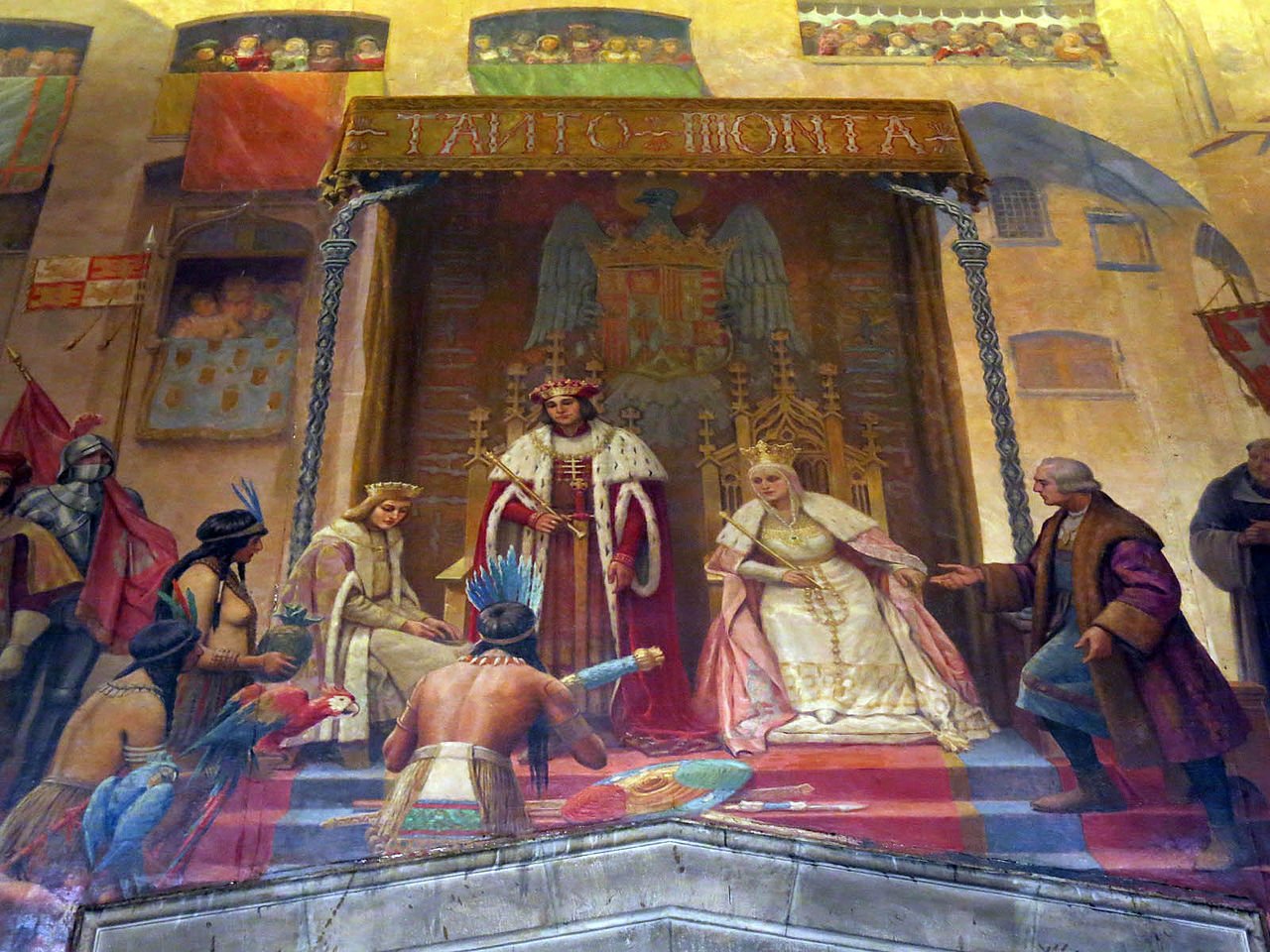It was just a week ago, 44 years after his death, that Spain removed the remains of Francisco Franco from his highly controversial resting place in the Valle de los Caídos. But Franco isn't the only dictator in Spanish history with a legacy the country is still grappling with. Before him, before the Second Republic he overthrew, there was Miguel Primo de Rivera, "prime minister" from 1923 to 1930. Although Primo de Rivera was eventually forced to resign, his rule laid some of the conditions that would later lead to the Civil War and the Franco dictatorship; indeed his own son would found the Falange party Franco would later lead.
Having lasted decades longer, the remains of the Franco regime are far more apparent today: a 1977 amnesty law pardoned political prisoners but also ensured no one would ever be convicted of crimes they committed as part of the dictatorship; untold thousands lie in unmarked graves around the country, many where they were killed or executed during the Civil War (1936-39); hundreds of streets and squares still bear Francoist names. But there are also relics of the Primo de Rivera era, for example in the Catalan government palace, where the Saló de Sant Jordi, the grandest room in the building, is still adorned with art from the late twenties.

Now, the Catalan government has decided to remove the paintings after a commission of twenty experts unanimously recommended they do so. The suggestion had, in fact, been considered for some time, and president Quim Torra had mentioned he wanted it to happen shortly after taking office. The commission argues the works are low quality and have "ideological, not artistic" aims whilst they cover the previous decoration of greater artistic value.
The president and the culture minister, Mariàngela Vilallonga, will formally announce the decision on Tuesday. The minister has said that the paintings, once removed, will be kept for their historical interest.
The current paintings are by low-profile artists like Francesc Galofré i Oller, his son Francesc Galofré i Surís, Alexandre de Cabanyes, Laureà Barrau and Josep Triadó. Most of the events they depict were chosen to exalt Spanish history, for example one scene is "Christopher Columbus received by the Catholic Monarchs", whilst others show the battle of Lepanto and the compromise of Caspe.
They covered-over works commissioned by the previous Commonwealth of Catalonia, painted by the celebrated Catalan-Uruguayan artist Joaquim Torres García. The original plan was never completed as Josep Puig i Cadafalch, an architect and then-president of Catalonia, didn't like Torres García's avantguard style. Hurt, the artist left Catalonia and would never return. Some of his frescoes were recovered during the Second Republic and displayed elsewhere in the palace. Although the design for the new decoration is not finalised, the option is being considered of recovering his work and giving him more recognition than in his lifetime.

